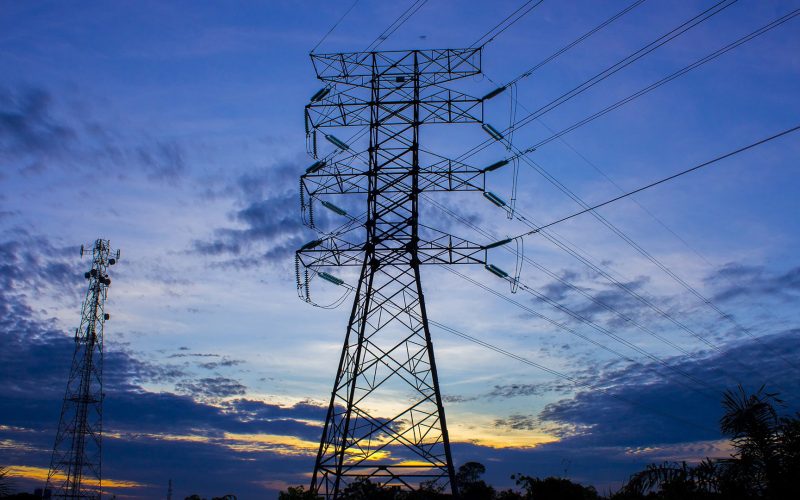THE VOICE FOR THE ENERGY CONSUMER
Randy Velarde, president and CEO at The Plaza Group, has joined Consumer Energy Alliance’s (CEA) Board of Directors, the organization’s president announced today. A 30-year veteran of the petrochemical and.
HOUSTON – Consumer Energy Alliance (CEA) is pleased to welcome Shepherd Safety Systems as its newest affiliate member. Shepherd Safety Systems is a safety products and service company devoted to.

[bq]There’s no easy way to say this: New England’s energy future is dim.[/bq] Limited pipeline capacity, federal and state regulations, and a change in the mix of electricity and heating.

An important milestone in removing irrational barriers to nuclear energy development is about to take place. Wisconsin Governor Scott Walker is soon expected to sign AB 384, a bipartisan bill.

[bq]”Its truly a turning point for American offshore energy production.”[/bq] America’s offshore energy future is in peril! Anti-energy extremists convinced the Obama Administration to ignore public opinion and remove the.

[bq]A prudent and reasonable decision.[/bq] Upon hearing news that the U.S. Supreme Court issued a stay on the EPA’s massive Clean Power Plan regulations, CEA executive vice president, Michael Whatley.
HOUSTON – Two key manufacturing executives have taken leadership positions on Consumer Energy Alliance’s (CEA) board of directors, the organization’s president David Holt announced today. Wayne Zemke, a marketing executive.

Energy is a commodity. Just like agricultural products (corn, beef, etc.) energy (including oil, natural gas, gasoline, electricity) is a basic building block of myriad other products. Because they are.

In response to the President’s final State of the Union address, Consumer Energy Alliance President, David Holt issued the following statement: “President Obama tonight highlighted how the American economy and.

[bq]Bogged down by red tape, delays, legal snafus, and the administration’s ill-advised, one-size-fits-all regulatory approach, Alaska is seeing its economic future darken in a hurry – and so is America.[/bq].